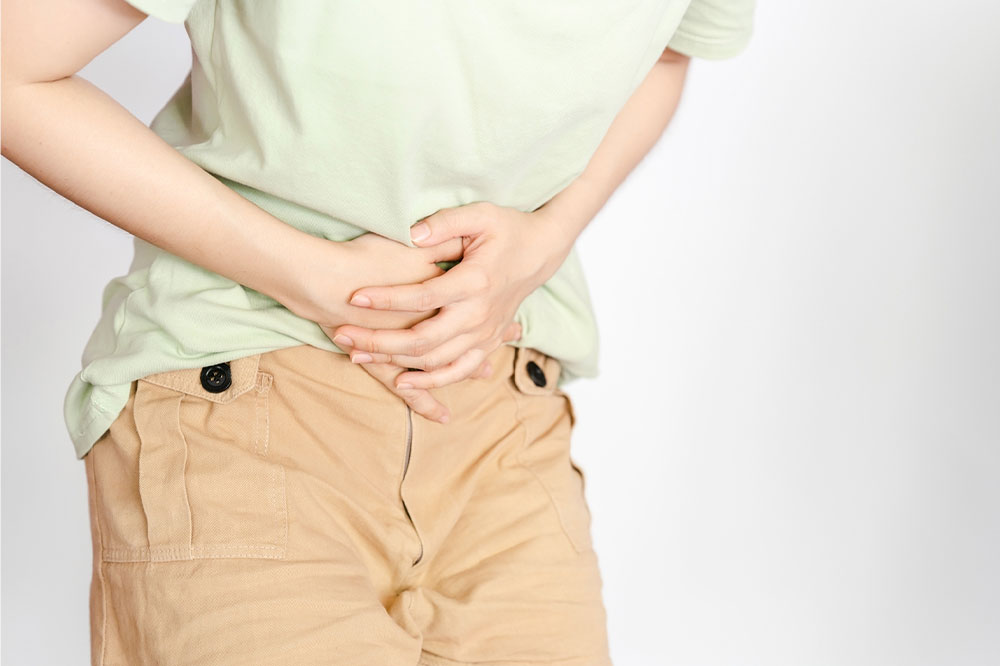7 Common Peeing Mistakes to Avoid for a Healthy Bladder

Peeing is such a natural part of our daily lives, that we rarely stop to think about it. It is an important bodily function that helps get rid of waste that the body does not need anymore. Moreover, peeing habits and hygiene practices can contribute to a range of urinary and bladder issues over time, impacting one’s day-to-day activities. Here are seven common peeing mistakes to avoid for a healthy bladder.
Holding pee in for too long
At times, holding pee in is unavoidable, whether at concerts or long car trips. However, making it a habit can be detrimental to bladder health. Full bladders are more susceptible to infections as the bacteria can grow and multiply at a quicker rate. Over time, the practice of holding urine in for too long can also stretch out the bladder and cause loss of bladder function.
On the other hand, those who are not able to hold their bladder at all or suffer from urinary incontinence must visit a urologist or pelvic floor therapist for a proper diagnosis.
Not emptying the bladder fully
When peeing, it is important to empty the bladder fully. Failing to do so can stretch out the bladder and contribute to bladder troubles over time. This may not always be a conscious decision, it may occur when someone is in a rush or has urinary retention (a common symptom of blockages, infections, swelling, or even neurological conditions).
Some symptoms of urinary retention include pain or swelling in the lower abdomen, frequently urinating in small amounts, feeling the urge to pee even after urinating, and having a slow stream.
Staying dehydrated
This is one of the most common mistakes to avoid for a healthy bladder. Our fluid intake plays a crucial role in maintaining bladder health. Drinking the right amount of water makes the pee appear clear or light yellow. Dark yellow or amber urine is a sign of dehydration, which can increase the risk of UTIs and kidney stones. To maintain kidney health and bladder function, keep sipping on water throughout the day.
Having excessive caffeine
Caffeine is a known bladder irritant, which means it can increase the urge to pee and cause pain. It is commonly found in tea, coffee, and soda. Excessive caffeine intake can increase the urge to pee throughout the day, impacting the quality of life and productivity. According to the FDA, 400 mg of caffeine (or about 4 cups of brewed coffee) per day is considered a safe amount for most healthy adults.
Ignoring recurrent UTIs
Urinary tract infections (UTIs) occur when bacteria infect the urinary tract, bladder, or kidneys. Some common symptoms that people experience include a burning sensation during urination, frequent urination, a strong urge to urinate, and foul-smelling urine.
The risk for UTIs increases with anatomical issues, pregnancy, and menopause. Since women have a shorter urethra, they are more susceptible to UTIs in comparison to men. Among adult women, a recurrent UTI is diagnosed as having over three infections in a year. However, since men are less likely to experience UTIs, they must receive medical attention immediately.
Not paying attention to pinkish or reddish urine
Several factors determine the color of our urine, including the amount of fluids we consume and the food we eat. Passing pinkish or reddish urine can be a sign of hematuria or blood in the urine. It could be a result of a UTI, kidney disease, stones, injury, or even bladder cancer.
Consuming too much vitamin C
Vitamin C is highly regarded for its immune-boosting properties. However, consuming too much vitamin C increases the oxalate levels in the body, which in turn, increases the risk of kidney stones. According to the FDA, the recommended daily intake of vitamin C for adult men and women is 90 mg per day and 75 mg per day respectively.
Tips to keep the bladder healthy
Here are some tips that may help manage bladder health.
- Use the washroom as required and try to pass urine once every three to four hours to reduce the risk of bladder infections.
- When peeing, be in a relaxed position and don’t rush to finish. Take enough time to fully empty the bladder.
- Women must wipe from front to back, especially after passing stool. This reduces the risk of any gut bacteria finding its way to the urethra.
- Urinate after intercourse to reduce the chances of UTIs.
- Doing pelvic floor exercises regularly can help strengthen the muscles around the bladder and keep infections at bay. Moreover, exercising regularly can help reduce constipation and prevent bladder problems.
- Wear cotton underwear to keep the area surrounding the urethra dry; moisture can lead to increased bacterial growth.
- Certain foods and drinks can increase the risk of bladder problems, including sodas, artificial sweeteners, and spicy foods. Keeping a close watch on food intake can help.
- Drink lots of fluids, especially water. While the required water intake can change from person to person depending on where they live, their activity levels, health conditions, and other factors, aim to drink 6-8 glasses of water per day.
- Avoid drinking caffeinated beverages such as coffee, tea, and sodas as they can irritate the bladder and increase the frequency and urge to urinate.
- Stool buildup in the colon can also increase the pressure on the bladder, not allowing it to expand to its full capacity. Avoid this by eating high-fiber foods such as whole grains, vegetables, and fruits and staying hydrated.
- In case of frequent urination, keeping a bladder diary can help track one’s washroom trips and fluid intake throughout the day.
- Stand up and move around for five minutes after every hour of sitting to reduce the risk of developing lower urinary tract symptoms (LUTS) such as incomplete emptying, urinary frequency or urgency, or a weak urinary stream.
















